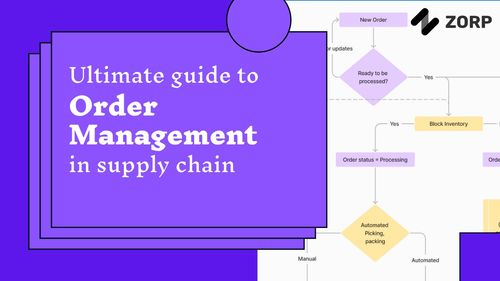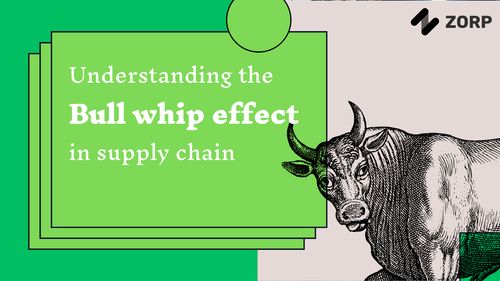Predictive operations monitoring combines the power of predictive analytics and advanced reporting systems to transform operational safety and performance. Let's deep-dive into this technology and discover how it reshapes the industrial landscape.
Predictive operations monitoring uses advanced statistical methods and machine learning to analyze historical and real-time data. It allows organizations to predict future machine failure, recurring equipment issues, technical glitches, operational inefficiencies, and other potential problems before they happen, enhancing the decision-making process.
Predictive monitoring is far from being an overhyped fad; it's a key strategic tool that provides actionable insights, allows businesses to anticipate disruptions in workflow and promptly address them. This early detection of issues leads to a reduction in downtime, improved production schedules, and significant financial savings.
According to a study by Aberdeen Group, organizations that use predictive operations monitoring saw a 12% increase in operational efficiency and a 24% reduction in unplanned downtime.
Predictive operations monitoring is an integral part of the Internet of Things (IoT), offering vast amounts of data from interconnected systems and devices. IoT technology extends the reach of predictive operations monitoring, enabling businesses to track more variables and monitor equipment remotely.
Predictive operations monitoring incorporates numerous aspects of business operations. Here are the key components:
Companies that aim to maximize their operational efficiency can leverage ZORP's technology platform. With ZORP, businesses can not only create applications for predictive operations monitoring but also gain deeper insights into their work processes, receive alerts for potential problems and track performance to increase efficiency.
Predictive operations monitoring is a profound leap forward in the industrial sector. It brings about higher operational efficiency, reduced downtime, and substantial financial savings. By leveraging a platform like ZORP, businesses can make predictive operations monitoring a part of their strategic operations management.
What is the main benefit of predictive operations monitoring?
Predictive operations monitoring helps anticipate potential problems before they occur, allowing businesses to mitigate risks, reduce downtime, and optimize operational efficiency.
What is the role of machine learning in predictive operations monitoring?
Machine learning algorithms analyze historical and real-time data, learning from patterns to predict future operational performance and potential complications.
How does the Internet of Things relate to predictive operations monitoring?
IoT technology extends the reach of predictive operations monitoring, providing vast amounts of data from interconnected systems and devices, enabling remote monitoring and analysis.
What are the main components of predictive operations monitoring?
The main components include data collection, machine learning, predictive analytics, and data visualization.
How can ZORP's technology be useful for implementing predictive operations monitoring?
ZORP provides a platform that assists businesses in creating applications for predictive operations monitoring. It enables insight-gathering on work processes, sends alerts for potential issues, and tracks performance for efficiency improvement.

Harness the power of predictive analytics and improve your operational efficiency with ZORP's technology platform. Optimize your workflows, gain actionable insights and ensure business continuity now.


